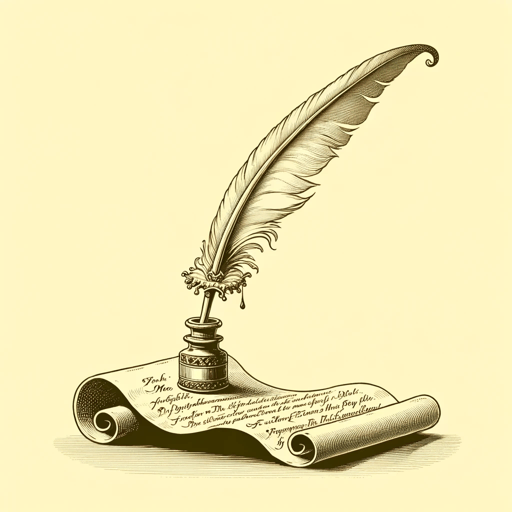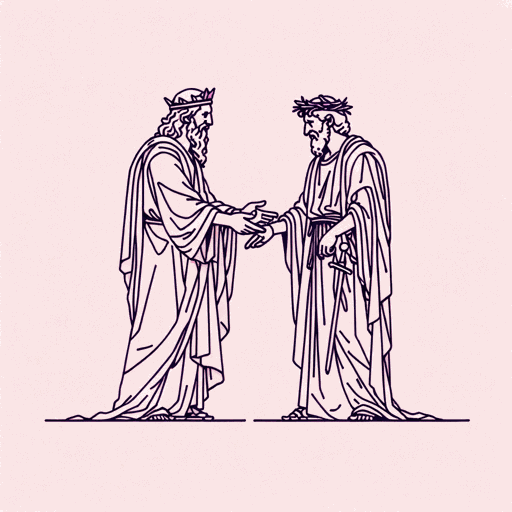27 pages • 54 minutes read
John DrydenMac Flecknoe
Fiction | Poem | Adult | Published in 1682A modern alternative to SparkNotes and CliffsNotes, SuperSummary offers high-quality Study Guides with detailed chapter summaries and analysis of major themes, characters, and more.
Literary Devices
Form and Meter
The Restoration Era was a period of refinement in English poetry, and this refinement was spearheaded by Dryden himself. Dryden was perhaps the most intentional poet of his generation, and, therefore, an understanding of his use of form is often essential to understand his works. “Mac Flecknoe” is no exception in this. Despite being a satirical take on the form (a mock-heroic), “Mac Flecknoe” is a case study in heroic verse. Heroic verse consists of lines of iambic pentameter (five metrical feet, each made of one unstressed syllable followed by a stressed syllable) that end in rhyming couplets. With the exception of the single triple rhyme at Lines 136-38—which is likely an intentional, comedic crescendo accentuating Flecknoe’s pomposity—Dryden constructs his mock-heroic using perfect heroic couplets.
Dryden’s poetic abilities are on full display in “Mac Flecknoe.” There are some poetic inversions, also called anastrophes, in which the conventional order of words is reversed, usually for metrical or emphatic purposes; for example, “sacred unction made” (Line 118). However, there are far fewer of these inversions than one might expect in a poem as complex and formally restrictive as “Mac Flecknoe.” As a result, the undisturbed 







Related Titles
By John Dryden



